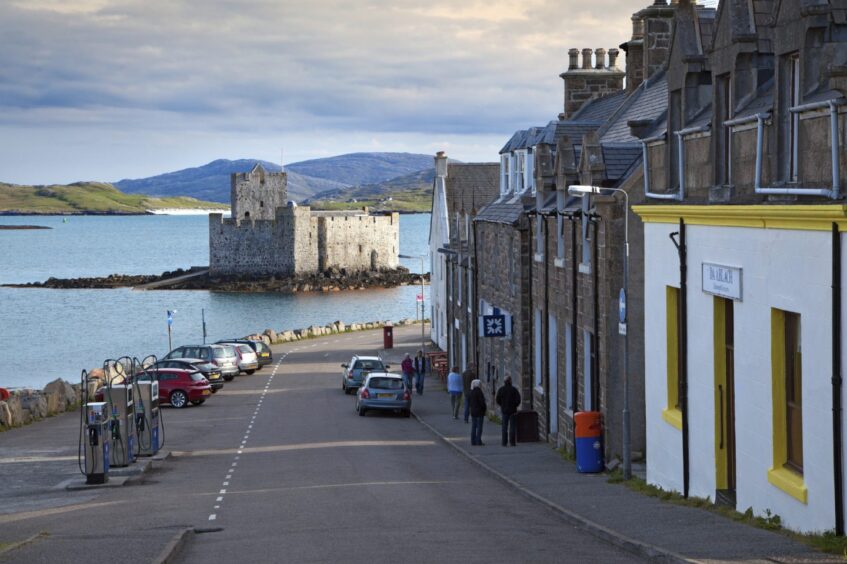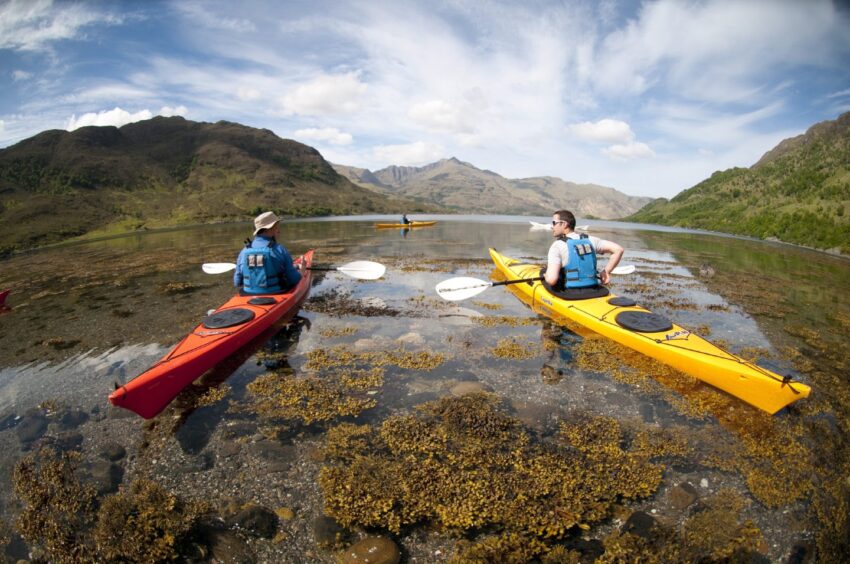Whether it’s the cost-of-living crisis, extreme weather or changing market regulations, businesses of all kinds are having to adapt to factors beyond their control.
From construction to hospitality, leisure and retail, external pressures do not discriminate when it comes to affecting business operations.
No industry is safe from these challenges.
In order to survive, businesses need to rethink tactics and apply innovative thinking to become more resilient and competitive.
We’re no stranger to change in our part of the world
The Highlands and Islands are, of course, no stranger to change – good and bad.
We have seen welcome boosts to our economy – through tourism, aquaculture and energy – to some of Scotland’s most remote communities.
But we have also seen adverse effects of world events contributing towards the cost-of-living crisis, as well as the changing weather patterns as a result of climate change.
To stay on top of these challenges, there is a constant need for businesses across the Highlands and Islands to find innovative solutions to adapt to change, of all kinds.
There is a misconception that innovation is applicable exclusively to science and technology-related businesses. However, every business – no matter the industry or size – has the capability to innovate.
Innovation isn’t always about big transformation, sometimes it’s about small changes and trying something new. It is a necessary measure to sustain business resilience and promote the ability to thrive in the midst of change.
In other words, if businesses choose not to innovate, they will simply cease to exist.
Wilderness Scotland leading by example
One business focusing on innovation is Wilderness Scotland. It recognised that tourism has a big impact on climate change and there is a growing pressure on the industry to do more to address this issue.
Wilderness Scotland (based in Aviemore) has implemented innovative approaches across its business to build a world-leading company with sustainability at its core.
With support from Highlands and Islands Enterprise, the firm has developed one of the world’s first carbon labelling schemes for travel. Its holiday packages now all feature a label or score showing the amount of of carbon per traveller.
As travellers are looking to lower the impact they have on the environment and seek out travel companies that fulfil this, Wilderness Scotland has used innovation to adapt and appeal to this growing market.
Aquatera’s new app keeps business users up to speed with rule changes
Innovation continues to drive change across a variety of sectors. Another example of this is Orkney-based Aquatera, which recently worked with our team to develop a technology that will allow its clients to access the right regulatory information.
Aquatera is a business delivering sustainable development, operating globally to help clients overcome some of the major environmental and energy challenges of our time.
To do so effectively it has developed an app that monitors changing environmental regulations around the world. The app gives businesses in different markets easy access to accurate information.
Business leaders must embrace change to build a culture for new ideas to flow.
Innovation should not be seen as an additional expense but a core part of resilient business planning. To some people, this may seem like a big task – but it doesn’t have to be.
Small changes can make a big difference to your business.
For example, using technology to monitor energy usage or automate parts of the production process can potentially make significant savings and improve productivity.
Growing top line sales may be about developing a new product and service to access new markets, or restructuring the business model to open up new income streams.
All businesses can innovate for resilience and for those who are not sure how to navigate this, there is plenty of support available from specialist advice, workshops, masterclasses and funding.
Gillian Galloway is head of innovation at Highlands and Islands Enterprise.





Conversation